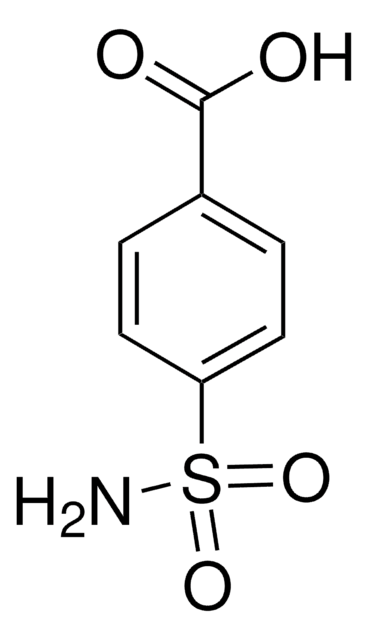32250
Diethylene glycol monobutyl ether
≥98.0% (GC)
Synonym(s):
DEGBE, 2-(2-Butoxyethoxy)ethanol, BDG, Butyldiglycol
Sign Into View Organizational & Contract Pricing
All Photos(1)
About This Item
Linear Formula:
CH3(CH2)3OCH2CH2OCH2CH2OH
CAS Number:
Molecular Weight:
162.23
Beilstein:
1739225
EC Number:
MDL number:
UNSPSC Code:
12352100
PubChem Substance ID:
NACRES:
NA.22
Recommended Products
Quality Level
Assay
≥98.0% (GC)
form
liquid
impurities
≤0.05% water
refractive index
n20/D 1.432
pH
7
bp
224-228 °C (lit.)
density
0.953 g/mL at 20 °C (lit.)
SMILES string
CCCCOCCOCCO
InChI
1S/C8H18O3/c1-2-3-5-10-7-8-11-6-4-9/h9H,2-8H2,1H3
InChI key
OAYXUHPQHDHDDZ-UHFFFAOYSA-N
Looking for similar products? Visit Product Comparison Guide
Application
Diethylene glycol monobutyl ether (DEGBE) is used:
- In the preparation of blocked isocyanate systems for coil coating, electro-coating and powder coating.
- As a cosurfactant in the formation of microemulsions.
- As a structural component of various liquid crystals.
Signal Word
Warning
Hazard Statements
Precautionary Statements
Hazard Classifications
Eye Irrit. 2
Storage Class Code
10 - Combustible liquids
WGK
WGK 1
Flash Point(F)
210.2 °F - closed cup
Flash Point(C)
99 °C - closed cup
Personal Protective Equipment
dust mask type N95 (US), Eyeshields, Gloves
Choose from one of the most recent versions:
Already Own This Product?
Find documentation for the products that you have recently purchased in the Document Library.
Doping molecular semiconductors: n-type doping of a liquid crystal perylene diimide.
Gregg BA and Cormier RA
Journal of the American Chemical Society, 123(32), 7959-7960 (2001)
Synthesis and characterization of diethylene glycol monobutyl ether?Blocked diisocyanate crosslinkers.
Ranjbar Z, et al.
Progress in Organic Coatings, 69(4), 426-431 (2010)
Microemulsion systems with monobutyl ether of ethylene glycol or diethylene glycol as cosurfactant.
Chew CH, et al.
Journal of Dispersion Science and Technology, 9(1), 17-31 (1988)
Christopher R Gibson et al.
Journal of the American Society for Mass Spectrometry, 14(11), 1247-1249 (2003-11-05)
Tandem liquid chromatography-mass spectrometry coupled to online radioactive material detection (LC/RAM/MS/MS) is a technique that is used routinely for in vivo and in vitro drug metabolism studies and allows for a simultaneous correlation between radiochemical peaks and mass spectral data.
W Mücke et al.
Zentralblatt fur Hygiene und Umweltmedizin = International journal of hygiene and environmental medicine, 201(4-5), 377-386 (1999-01-23)
The investigation of building products in test chambers contains so far only analytical and sensory measurements. In this paper, first experiments for the direct testing of the acute toxicity of building product emissions with the bioluminescence inhibition test are presented.
Our team of scientists has experience in all areas of research including Life Science, Material Science, Chemical Synthesis, Chromatography, Analytical and many others.
Contact Technical Service







